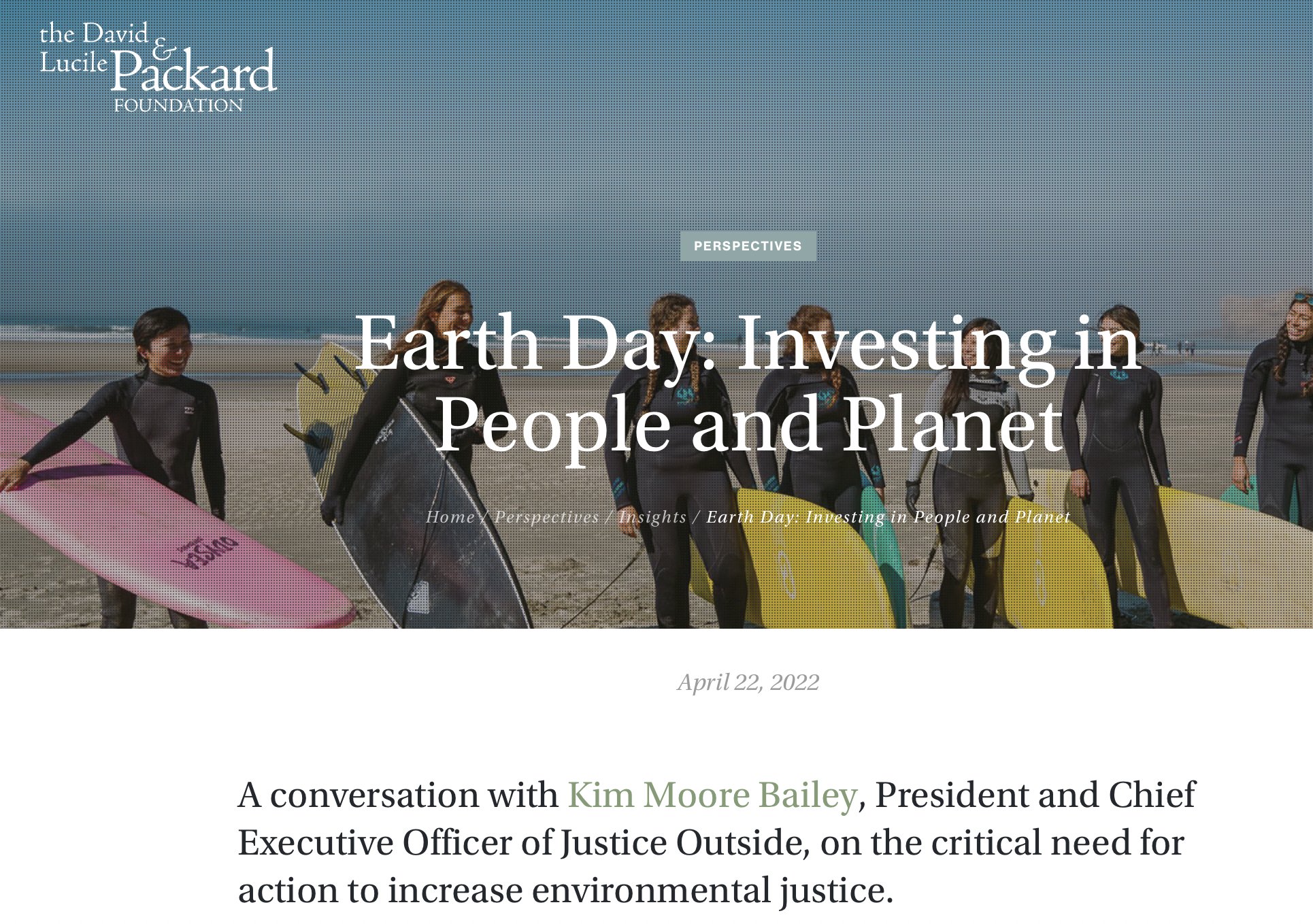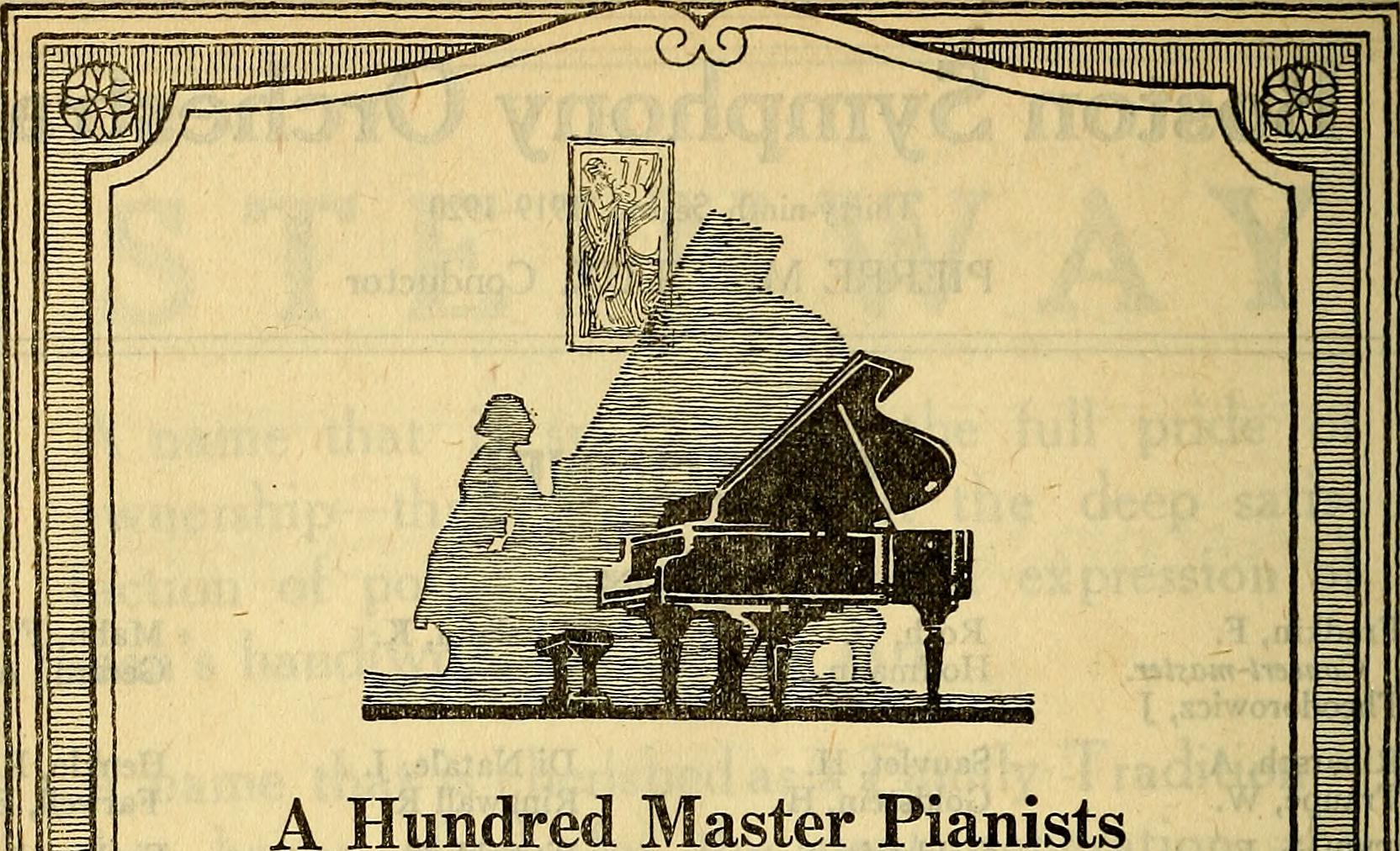A few years ago, I woke up and realized I had become a person I didn't want to be. Instead of feeling centered and alive, I had become a taskmaster over myself, over employees, over my family.
It began as a once-in-a-lifetime opportunity.
My husband, Craig, and I had been following a dream to farm. In collaboration with landowners on Bainbridge Island we founded Heyday Farm and gathered a community around us. It wasn't without trepidation that we left our employment, me a communications consultant collaborating with other skilled consultants to further the work of foundations and nonprofits, and Craig a landscape architect with a well-respected Seattle firm. On the farm, Craig applied his accumulated knowledge as a landscape architect and environmental scientist and designed the site and the systems. I applied my background in communications, branding, content creation, and community building to the cause of ethically raised food.
We, along with our partners, had a lot of know-how, rudder and sail. We created a brand together and named our creation, we planned, designed and built, a website, a following, a commercial kitchen, an event center, a dairy and creamery, a bed and breakfast, a farm store and ultimately, we provided meat, eggs, cheese, vegetables, and prepared meals to our growing community.
Doing what we were good at and passionate about was pure bliss. And then there was all the other work: construction management, bookkeeping, hiring, food safety, packaging, reporting, permitting, licensing, course correcting, quality control, training, people management, and on and on late into the night as we closed our American office and opened what we called the Singapore office. Instead of being married, my husband and I became co-workers. Meanwhile we also had small children who were growing up fast. Before we knew it, five years had passed.
We inspired others, but we were no longer inspired ourselves.
Frequently, as we progressed on this journey, people who came to the farm looked us deep in the eye and said, "This is my dream too."
I had been in their shoes, walking through the farmers' markets, wishing myself behind the booth. But now that I was here, something was amiss. At the heart of the dream, for me, was the magnetic pull of nostalgia for a time that was slower and richer in sensory connections through work, food and community. We tried to provide this experience to our customers and guests. It was also inherent in the farming, the cyclical systems for composting and managing pastures, animals and crops. But behind the scenes we also embraced busyness and modernity. As a farmer, it’s thrilling to use every scrap of technology and multi-disciplinary knowledge at your fingertips. Still, something gets lost when you can't go to bed when the sun goes down, when technology makes everything immediate and you're competing with the convenience and price of grocery stores.
We were ambitious, idealistic. Through our energetic collaboration with the landowners, we had a lot of freedom to create a place and experience for our community to relish. What we lacked was wisdom. We created more than we could comfortably handle and a way of life that led us away from what had originally attracted me. That's not to say that someone else embarking on this endeavor wouldn't succeed in achieving their dream. Knowing what I know now, I might be able to make it work for me and my family. That's the interesting thing about this journey called life. At some point you realize that it doesn't actually matter what path you take. What matters more is the mindset you bring to the journey. What would you create if given a similar opportunity?
At one point we hired a skilled human resources consultant to help us update our employee manual and also to lead us through some team building. She did an exercise where we matched our characteristics to colors. I don't remember many details now, except that I was brown. Brown was for the person that was focused on getting things done rather than relationships. At the time, I embraced the brown. I wore taskmaster as a badge of honor. Being too busy felt safe. Yet, there was this whole side to me that said it was all wrong. That the person I had become was a far cry from who I was and who I wanted to be and that this wasn't the life I wanted.
It was time to rethink everything.
So, after five years, we amicably departed (this makes it sound easy, but it was not). The farm was restructured in a way that would allow several businesses to take over and better mind the details of each complex enterprise. Why didn’t we choose to manage one of the enterprises? We had been running a marathon and reached a finish line. It was time to take the next step and we wanted to give the farm, and our family, the attention and energy they both deserved.
Happily, the farm legacy still exists and is continuing to evolve with new collaborations and leadership. On our end, we went back to doing what we had done before. But we were different. The journey, of course, wasn't over.
When I fell away from the busyness of the farm, I immediately got injured and faced a prolonged recovery--which is often the body's way of forcing us to learn something. I lined up work which felt great, but in every other area of my life I had to dismantle and rebuild. The slow process began of creating habits and scheduling my time in a way that brought a feeling of rightness to any given moment. I got up differently, cooked differently, and approached hobbies differently. That led to more centeredness and confidence which meant that I was running my consulting business differently, networking differently, writing and creating differently. I became more methodical and organized. After a good long time, I began to feel profoundly different. I could finally deeply focus on what was in front of me instead of trying to get things done.
Along the way, I found Bliss More and started an effortless (seriously--that is the point of the whole book) meditation practice using only 20 minutes a day total. I also read the book, A Tale For the Time Being, written by Ruth Ozeki, a Buddhist nun. Strangely enough, my aunt recommended it to me, and then claimed she had not recommended it to me, and so I recommended it to her. A little bit of time bending there . . .
The book centers around the concept of time and the struggles of living a meaningful life. It's told through a gripping narrative about a young teenage girl and a middle-aged woman who form an unlikely, some would say, impossible, connection across time and space.
In the notes at the end, I encountered this passage:
The Zen nun Jiko Yasutani once told me in a dream that you can’t understand what it means to be alive on this earth until you understand the time being, and in order to understand the time being, she said, you have to understand what a moment is.
In my dream I asked her, What on earth is a moment?
A moment is a very small particle of time. It is so small that one day is made of 6,400,099,980 moments.
In work and in life, this concept is my own personal lightning bolt. It's an idea that you are always in the center of this fantastic expansiveness. Something akin to infinity. And how you approach each moment matters more than anything else to what kind of life you will have.
A taskmaster is focused on tasks, but there's a smallness to it. When you achieve one thing, you move onto the next thing and feel like you never get anywhere. Embracing moments in time and putting your best into each moment? That creates possibility, a constant state of arriving.
I know at one point, I would have read this and totally not heard or understood it. I wouldn't have even had time to consider it.
Culturally, it feels like we're fast-tracked into the taskmaster mindset even though the results may be marginal at best. Not enough time? Therein lies regret.
My tortured relationship with time used to feel inevitable. Shifting that perspective took the courage to stop, listen and to begin again, and again, and again. It took more compassion, patience, and curiosity than I possessed.
Like everyone, I’m a work in progress. Thank goodness I have 6,400,099,980 moments each day to keep practicing.
That's my story for this moment. What's yours?












